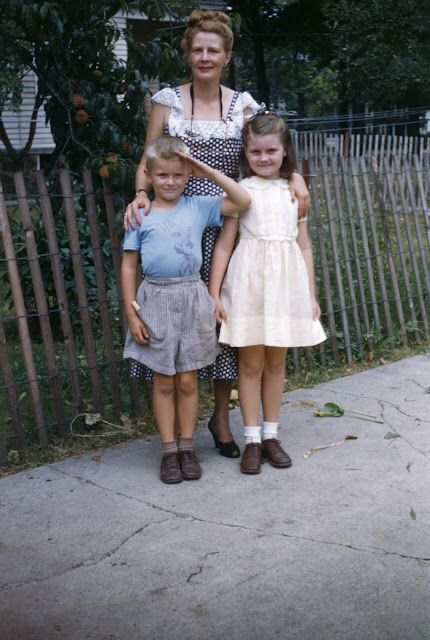The year is 1870. There are no telephones and not even postcards as a way of communicating with friends and neighbors. Although you could write letters, to keep in touch with neighbors you would likely just get in your horse-drawn carriage and stop by for a visit. On a particular day, perhaps on a Sunday afternoon, you would make the rounds, observing the proper etiquette of staying for approximately 30 minutes and leaving a decorative calling card with your name on it. In the foyer, there was a tray where you could leave the card, so even if your hosts were out they would know that you stopped by. You would hope to be remembered by your friends with an attractive card bearing your name. What you would not expect is that 140 years later someone might be looking at the card and wondering who you were. Wouldn't they be surprised!
Originally I intended to just post the scans of these cards, but, of course, I couldn't help looking up some of the names. Sometimes cards like this are simply stationer's samples with invented names. In this case, they seem to be real and generally from upstate New York, with a fair number from Cortlandville, New York.
This card belonged to Miss Mary Uhlman, but I can't say for certain which Mary Uhlman. The card looks older (1860s, maybe?) than most of the others.
Assuming I found the correct Rienzi A. Crane, he seems to have died in 1877 at the age of 19 and is buried in the McGraw Rural Cemetery in Cortland County, New York.
Edward may have been his brother.
I find a Florence Vedder in the 1870 Census living in Oppenheim, New York. She was two years old then, so perhaps she handed this card out in the mid to late 1880s.
The 1880 Census shows Dewitt B. Yonker (born in 1859) also living in Oppenheim, New York.
The same Census shows Daniel D. Donker living in Cortlandville, New York.
The card below has June 5th, 1885 written on the back. It may have belonged to Charles Truesdail, born in 1859 in Tioga, New York according to the 1870 Census.
The designs on some of the cards bearing male names seem very feminine, like this one for Lonzo E. Clark. This may be the Lonzo E. Clark (born 1833) who was recorded living in Canandaigua, New York during the 1850 Census.
I'm not sure who H.A. Brownell was, but I like the card.
I like Asa Foster's too. The 1910 Census shows an Asa D. Foster (born in 1869) living in Smyrna, New York.
Here are some more cards with ornate script. I would imagine that it was somewhat of a status symbol (like having hundreds of friends on FaceBook) to have a tray stacked high with calling cards in your front room.















































